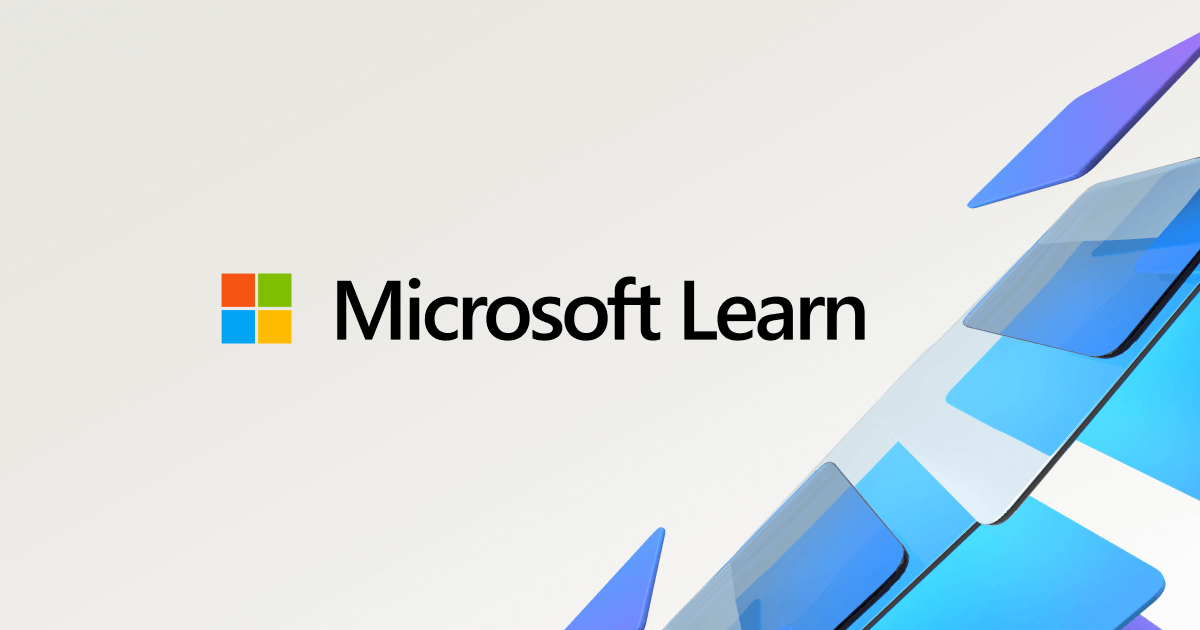From Intel:The problem is that Altera itself is in decline.
Intel bought Altera in 2015 for $16.7 billion, so we can't get the number for Altera's 2015 full year revenue. However, we do know Altera's 2014 revenue was $1.9 billion, and 2013 revenue was $1.7 billion.
Altera's revenue for 1Q2024 was $342 million, 2Q2024 was $361 million, and 3Q2024 was $412 million. Altera hasn't announced its 4Q2024 revenue yet. If we assume 4Q2024 is similar to 3Q2024, then Altera's 2024 revenue will be estimated at about $1.527 billion.
Sadly, under Intel's ownership for nine years, Altera's revenue has shrunk. We haven't considered the inflation factor at all!
"For Altera, revenue increased 14% sequentially and operating profit turned positive in Q3. We also announced the introduction of our new midrange and small form factor products, Agilex 5 and Agilex 3, to serve broad market customers and segments. With an increasingly competitive road map, the business is well positioned to show continued top and bottom-line improvements. Consistent with what we have said previously, we remain focused on selling a stake in Altera on a path to its IPO in the coming years."

Intel (INTC) Q3 2024 Earnings Call Transcript | The Motley Fool
INTC earnings call for the period ending September 30, 2024.
From TSMC:
"不過,魏哲家預期,無晶圓廠半導體庫存將逐漸恢復健康,晶圓製造2.0產業今年在AI需求以及其他終端市場溫和復甦的帶動下,可成長10%,台積電表現也將再迎強勁成長的一年。"
Translation:
However, Wei Zhejia expects that fabless semiconductor inventory will gradually return to healthy levels. Driven by AI demand and the moderate recovery of other end markets, the wafer manufacturing 2.0 industry is expected to grow by 10% this year. TSMC is also poised for another year of strong growth.

